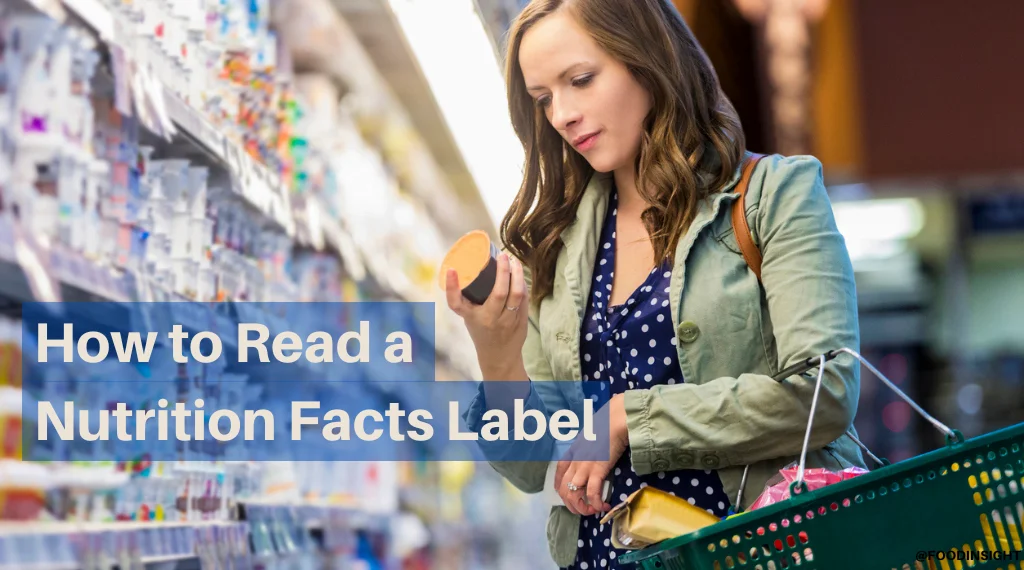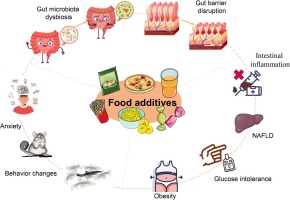
About food processing
Almost all food is processed in some way before consumption. Commercially, the main reasons for processing food are to eliminate microorganisms (which can cause disease) and to extend shelf life.
Simply cooking or combining food with other foods to create recipes is also considered a form of food processing. Regardless, the nutritional value of any food is usually altered by processing. Food Processing and Nutrition
Effects of food processing and storage
Some vitamins are more stable (less affected by processing) than others. Water-soluble vitamins (B and C) are more unstable than fat-soluble vitamins (K, A, D, and E) during food processing and storage.
The most unstable vitamins include:
folic acid
Thiamine
Vitamin C.
More stable vitamins include:
Niacin (Vitamin B3)
Vitamin K
Vitamin D
Biotin (vitamin B7)
Pantothenic Acid (Vitamin B5).
Processes that affect the nutritional content of food

Various conditions can occur during the growing, harvesting, storage, and preparation of food that affect its nutritional content. Processes that expose food to high levels of heat, light, or oxygen cause the greatest nutrient losses.
Fertilizer
Most crops are produced with the help of fertilized soil. Heavy use of nitrogen fertilizers tends to reduce the vitamin C content of many fruit and vegetable crops. Whether the fertilizer is organic or not, it does not seem to have any effect on the nutritional value of your plants.
Milling
Grains such as wheat can be ground to remove the fibrous outer shell. The husks contain most of the plant dietary fiber, B vitamins, phytochemicals, and some minerals.
This is why products like white bread are less nutritious than whole wheat varieties, even though they have been artificially fortified with some of the nutrients lost after milling.
It’s impossible to add back everything you take out, especially phytochemicals. The “fiber” added back into some products is often in the form of resistant starch, which may not be as beneficial as the fiber removed.
Perm
Before canning or freezing food, it is often heated quickly with steam or water. Water-soluble vitamins, including vitamin C and B vitamins, are very sensitive and can be easily destroyed by heat.
Canning
Food is heated inside the jar to kill any dangerous microorganisms and extend the shelf life of the food. Certain types of microorganisms require rigorous heat treatment, which can affect the taste and texture of food, making it unappealing. Canned foods typically require no or no preservatives.
Water-soluble vitamins are particularly sensitive to high temperatures. Many people believe that canned food is less nutritious than fresh food, but this is not always the case as fresh food tends to go bad faster than canned food.
Freezing
When food is frozen, its nutritional value is retained. Any nutrient losses are due to processing before freezing and cooking of frozen foods after they have been thawed.

Pasteurization
Pasteurization involves heating liquid foods such as milk and juice to a specific temperature to destroy microorganisms. The nutritional value of milk is generally not affected. With pasteurized juices, some loss of vitamin C may occur.
High pressure processing
This alternative preservation method subjects food to high pressure, with or without the use of heat to kill microorganisms. This method has been used in foods such as juices. Since no heating is required, the process has less impact on the vitamin content, flavor and color of the food.
Dehydration
Drying foods like fruit reduces the amount of vitamin C they retain, but also concentrates other nutrients, especially fiber from plant foods. Dehydrating food also makes the food more energy dense, which may lead to weight gain.
If dehydrated food is redissolved and cooked in water, more nutrients are leached out of the food and lost in the cooking water.
Preparation of vegetables
Most vegetables are peeled or trimmed before cooking to remove the tough outer skin or leaves. But most nutrients, such as vitamins, tend to be close to the surface of the peel, so over-pruning can mean the vegetable’s nutritional value is significantly reduced.
Nutrients lost during cooking
Some vitamins dissolve in water, so if you like to boil vegetables, the vitamins will be lost by boiling the water. For example, boiling potatoes causes most of the B vitamins and vitamin C in the potatoes to migrate into the boiling water.
You can still benefit from these nutrients if you consume liquids, such as making soup from potatoes and liquid. Alternative cooking methods such as grilling, baking, steaming, sautéing or microwaving often retain more vitamins and other nutrients.
Benefits of cooking food
It is not accurate to say that cooking always reduces the nutritional value of food. Cooking is advantageous in many ways, including:
Make food more delicious
Break down the non-digestible parts of vegetables
Destroy bacteria or other harmful microorganisms
Make phytochemicals more readily available, for example, phytochemicals in cooked tomatoes are more readily available than those in raw tomatoes.
Preserve the nutritional value of vegetables
Some tips for retaining maximum nutrients in cooked foods include:
Store food properly, such as refrigerating cold foods and sealing certain foods in airtight containers.
Place vegetables in the crisper area of the refrigerator.
Try washing or scrubbing vegetables instead of peeling them.
Microwave, steam, bake or grill vegetables instead of boiling them.
If you cook vegetables, save the nutrient-rich water for stock.
Use fresh ingredients whenever possible.
Cook food quickly.
Ultra-processed food
Ultra-processed foods and beverages are products formulated by industrial processes and/or contain industrially derived ingredients.
The processing techniques used in ultra-processed foods differ from the more basic and traditional methods described above. Industrial technologies include fractionation, hydrogenation, hydrolysis, extrusion, shaping and pre-frying.
Ultra-processed foods are often very convenient and tasty, and tend to be high in added sugars, salt, oils and fats. They also contain ingredients and additives not typically found in home pantries, such as artificial colors and flavors, emulsifiers, and invert sugar.
Some common examples of ultra-processed foods include:
Carbonated soft drinks and energy drinks
Candy, biscuits, pastries
Sweetened Breakfast Cereals
Pre-prepared meat, cheese, pasta and pizza dishes
Sausages, burgers, hot dogs and other reconstituted meat products
Powdered and packaged “instant” soups, noodles and desserts.
Ultra-processed foods and health
Eating ultra-processed foods can lead to increased energy intake, which can lead to weight gain.
A diet high in ultra-processed foods has also been linked to:
obesity
cardiovascular and metabolic diseases
cancer
Gastrointestinal diseases
depression.
The mechanisms explaining the relationship between ultra-processed food consumption and chronic disease remain unclear. However, this may be partly due to increased intake of sugar, salt, fats and oils, increased energy intake due to their overly palatable nature, and a shift away from meals made from nutrient-dense unprocessed and minimally processed foods. replace.




